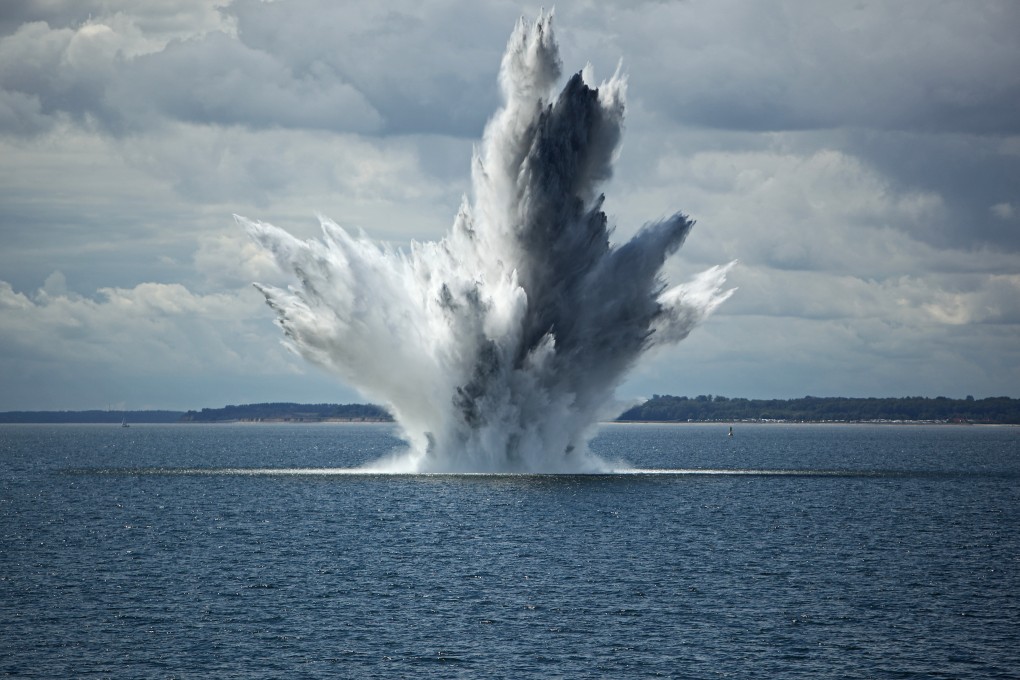US urged to plan minelaying campaign to halt mainland Chinese attack on Taiwan
- A US navy commander suggests that laying mines in the Yellow Sea and Pearl River Delta could help bring Beijing to the negotiating table
- But some defence analysts question how effective the strategy would be, and warn it would risk escalating the situation and may breach international law

The United States could pursue an aggressive but low-cost strategy of laying mines in the Yellow Sea and Pearl River Delta to force China to negotiate in the event of conflict between the two powers, according to an American naval analyst.
The article, which won the first prize in naval mine warfare essay contest sponsored by the Mine Warfare Association, a non-profit aimed at promoting awareness of the weapons, suggested the US Indo-Pacific Command (IndoPaCom) should “pursue offensive mining capabilities to use in the Yellow Sea and Pearl River Delta”.
Duenow, who has experience of airborne mine countermeasures, said the PLA Navy (PLAN) was “limited” in how it could respond, and had mainly focused on countering mines in ports and near the shore.
“Finding a way to bring China into diplomatic negotiations on favourable terms to the United States is the goal, and offensive mine warfare can help achieve it,” he wrote, adding that mine warfare would also jeopardise China’s economy by disrupting trade and oil supplies.